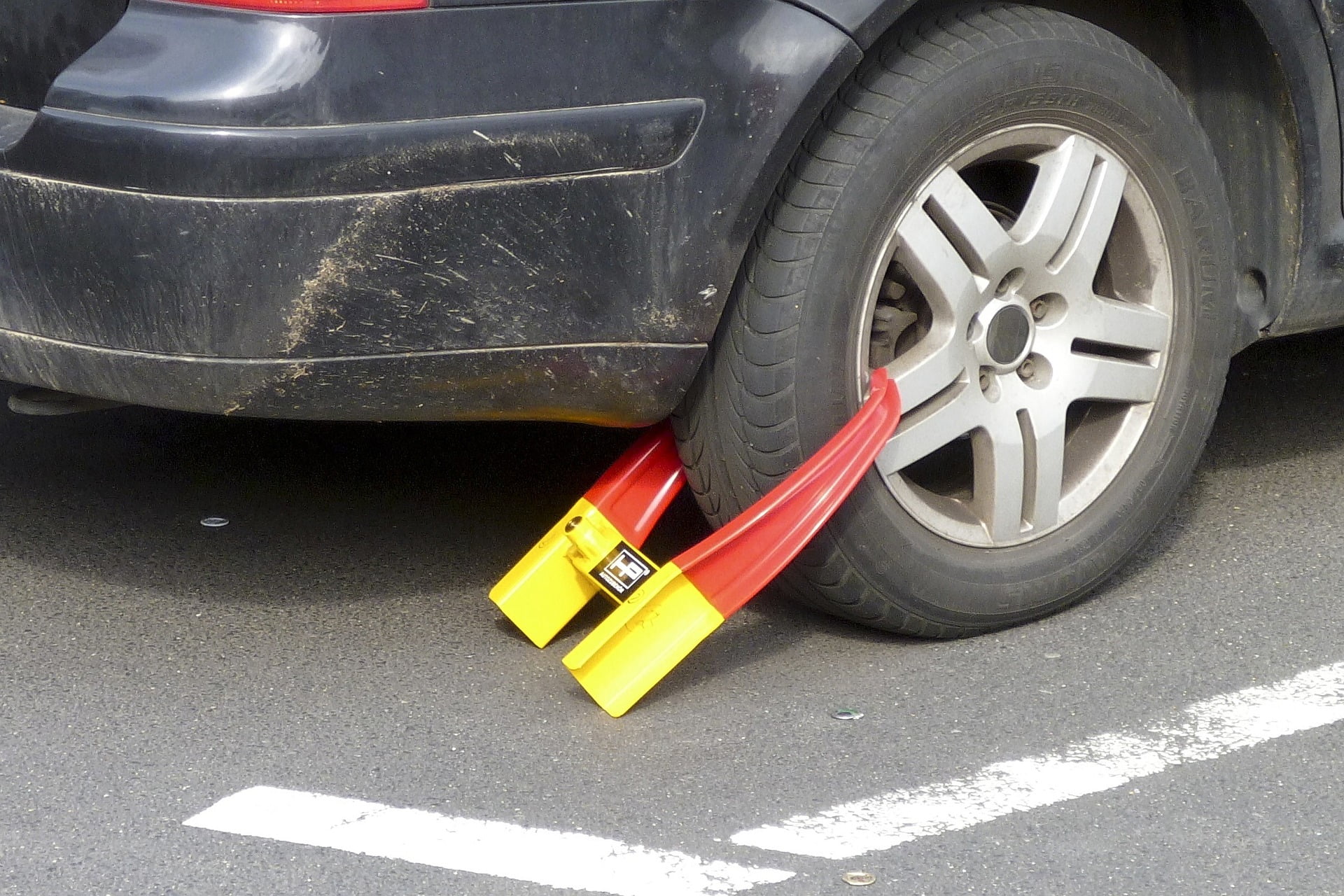Some people cut up their credit cards. Some people have them but keep them in a drawer. Some people may use them, but pay them off at the end of the month.
I can see arguments for all of these, and I have done all three, though I think the second tactic swings closest to what I do.
But keeping a revolving balance on a credit card? Now that’s a hard one to rationalize.
If you have credit card debt, you know how high the interest rate can be (an average of almost 17% these days, according to the St. Louis Federal Reserve). Getting rid of the debt is, hopefully, a priority.
If you own a home, you may have heard about the “home equity loan” or “home equity line of credit”. This loan or line of credit (they are not quite the same, but for our purposes will be used interchangeably and abbreviated as “HELOC”) comes at a much lower interest rate (can’t get a good authoritative source, but I see it’s between 5-6% these days).
And this might bring up an idea: To take out a home equity loan or line of credit, and use it to pay off your credit card debt. You can then pay off your debt, but at a much reduced rate, saving you money!
It sounds slick, and you would be forgiven for thinking that it’s the right move for you.
But before you call your bank to open up any new accounts, read on, because there’s something you may not know.

Table of Contents
Are you feeling unsecure?
We need to talk about the differences between unsecured debt and secured debt. Not all debt is the same.
Unsecured debt is debt which has no collateral against it. Secured debt is, as you may have guessed, debt with collateral.
Unsecured debt is stuff like credit card debt. Secured debt is stuff like mortgages, car loans.
If you’re not sure what a type of debt is, ask yourself, “could a repo man come and take something of mine if I didn’t pay?” If the answer is no, it’s an unsecured debt, and if yes, it’s a secured debt.
Unsecured debt usually carries a higher interest rate than secured debt, precisely because there is no “repo man” option. If you bought a trip to Mexico on your credit card, and then didn’t pay your credit card balance, no one could come and take away your Mexico trip. (That would be really weird.)
But if you don’t pay your car loan, you can bet that you won’t have a car for much longer.
There’s not much good to be said for credit card debt, but the lack of recourse for non-payment is something. I mean, if you’re struggling to pay your balances, they can call you and yell at you and harass you to within their legal limits (sometimes beyond, unfortunately), but they can’t really do anything else.
Getting the repo man on retainer
Which brings us back to the HELOC.
Mathematically, it makes sense to replace a higher interest loan with an equal-sized but lower interest loan, assuming the payments required are the same.
But if you use a HELOC to pay off your credit card debt, you are replacing unsecured debt with secured debt. You are, in effect, calling up the repo man and putting him on retainer.
Remember, no one is going to take your trip to Mexico away. But if you use a HELOC to pay off your credit card, and then you can’t pay, they can take your home away.
That is not an improvement. No interest rate change is worth that.
Forget the math
Math wasn’t what got you into debt, and it won’t be what gets you out.
As a “math person”, I love numbers and spreadsheets. (Though you can totally be successful with money without being like me. I can give you the minimum amount of tools you need when we work together.)
But math wasn’t what got you into debt, and it won’t be what gets you out.
I’m all for reducing interest rates when you can, though I think you’d be better served by spending that energy figuring out a plan to pay off the debt, regardless of interest rates.
And using a HELOC of any sort, especially for something like moving debt around, is a bad move.
Do you disagree? I’d love to hear your thoughts in the comments below.


